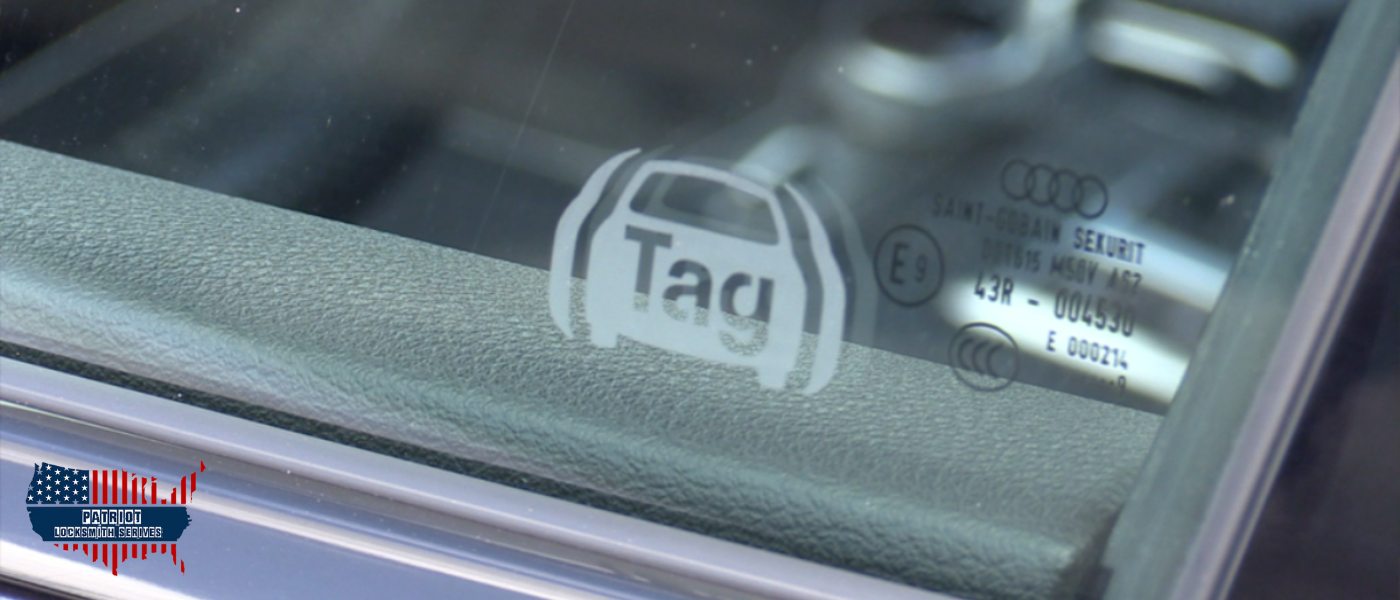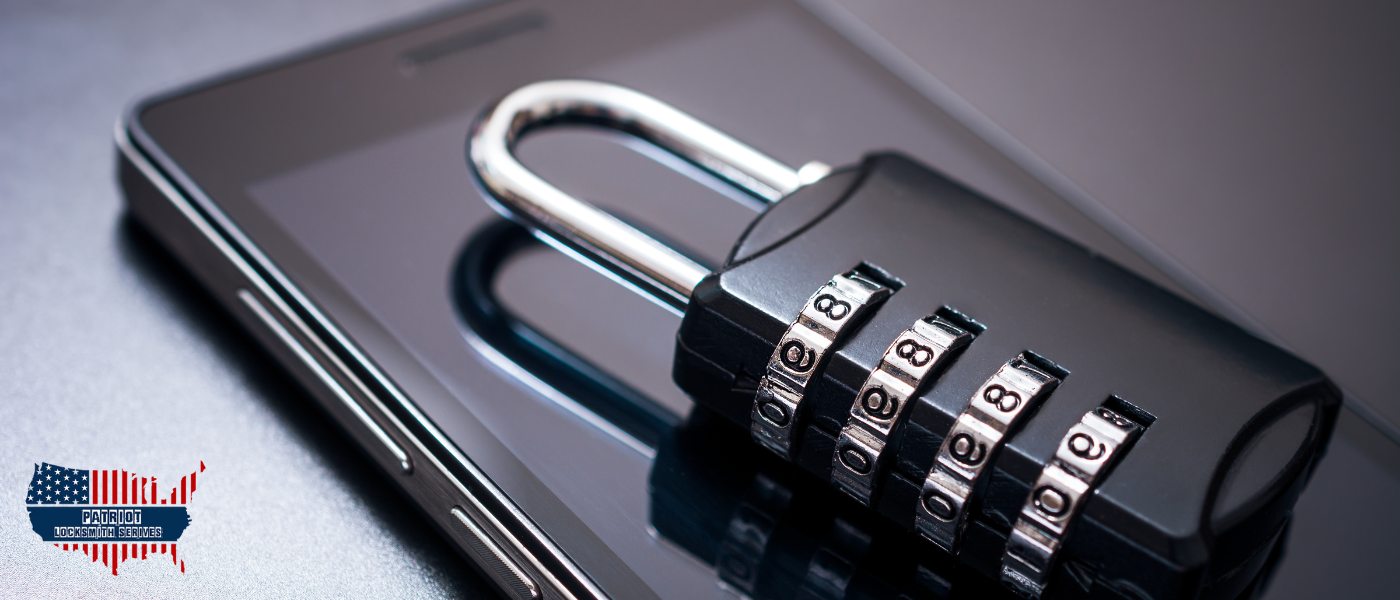Security is one of the most important aspects of modern life. What is a Passive Disabling Device: Security feature that automatically prevents theft or unauthorized access without manual activation. Whether it is protecting our personal belongings, our homes, our businesses, or our data, we all want to feel safe and secure from potential threats. However, security is not always easy to achieve, especially in a world where technology constantly evolves, and criminals become more sophisticated.
One way to enhance security is to use passive disabling devices. These devices prevent unauthorized access or use by disabling or locking something. In this article, we will analyze passive disabling devices, how they work, what types they are, and how they can be applied in various scenarios.

Understanding Passive Disabling Devices
What is a Passive Disabling Device? A passive disabling device is a device that prevents unauthorized access or use of something by disabling or locking it. The term “passive” means that the device does not require power or human intervention to function. It works by creating a physical or logical barrier that cannot be easily removed or bypassed without a key, a code, or a special tool.
For example, a steering wheel lock is a passive disabling device that prevents a car from being driven by locking the steering wheel in place. A security tag is a passive disabling device that prevents a product from being stolen by triggering an alarm or deactivating the product if it is not properly removed at the checkout.
Comparison with active security systems
Passive disabling devices differ from active security systems, which require power or human intervention. Active security systems include devices such as alarms, cameras, sensors, locks, and gates that detect, monitor, or control access or use of something. They often rely on electricity, batteries, or wireless signals to function. They may also require a user to activate or deactivate them manually or remotely.
A lock system is an active security system that needs a user to enter a password, a fingerprint, or a card to unlock a door or a safe. A gate system is an active security system that needs a user to press a button, scan a barcode, or speak a command to open or close a gate.
Significance across various sectors
Passive disabling devices are widely used across various sectors and industries to enhance security and deter theft and vandalism. They also have less maintenance and environmental impact. Some of the sectors that use passive disabling devices include:
Automotive:
Cars, motorcycles, bicycles, and other vehicles use passive disabling devices such as steering wheel locks, immobilizers, wheel clamps, and bike locks to prevent them from being stolen or driven away by unauthorized persons.
Retail:
Stores, malls, supermarkets, and other retail outlets use passive disabling devices such as security tags, labels, stickers, and ink tags to prevent products from being stolen or damaged by shoplifters or customers.
Home:
Houses, apartments, condos, and other residential properties use passive disabling devices such as deadbolts, padlocks, chains, and safes to prevent intruders or burglars from opening or accessing doors, windows, cabinets, and valuables.
Types and Examples
There are many types and examples of passive disabling devices, each with its own features, benefits, and drawbacks. Some of the most common and popular ones are:
Steering wheel locks
Steering wheel locks are devices that lock the steering wheel of a vehicle in place, preventing it from being turned or moved. They are usually made of metal or plastic and have a U-shaped or T-shaped bar that fits over the steering wheel and a locking mechanism that secures it. They are designed to be visible and a deterrent to potential thieves, who would have to cut or break the lock or the steering wheel to drive the vehicle away.
Immobilizers
Immobilizers are devices that prevent a vehicle from starting or running by disabling the ignition system or the fuel supply. They are usually electronic and have a transponder chip or a radio frequency identification (RFID) tag that communicates with a receiver or a reader in the vehicle. They are designed to be hidden and secure, requiring a key, a fob, or a code to activate or deactivate them.
Security tags and labels
Security tags and labels are devices that prevent products from being stolen or damaged. By triggering an alarm or deactivating the product if they are not properly remov at the checkout. They are usually magnetic, electronic, or optical. These sensor or a circuit that interacts with a detector or a deactivator at the exit or the counter. They are designed to be visible and deterrent to shoplifters or customers, who would have to remove or deactivate them to avoid detection or damage.

Tamper-evident seals
Tamper-evident seals are devices that prevent packages from opening or tampering. Beacause they show a visible sign of tampering if somone are break them. They are usually adhesive or plastic and have a pattern, a message, or a color that changes or disappears when the seal is disturbed. They are designed to be visible and deterrent to intruders or vandals. Who would have to replace or replicate the seal to avoid detection or suspicion.
Applications of Passive Disabling Devices
Passive disabling devices are mainly use in various scenarios and situations to enhance security and deter theft and vandalism. Some of the most common and popular ones are:

Automotive security
Automotive security is the protection of vehicles and their contents from unauthorized access or use. Vehicles are frequently targets of theft and vandalism, particularly in urban areas or public places. Passive disabling devices can help prevent or reduce the risk of vehicle theft and vandalism by making it harder or impossible for thieves or vandals to drive or damage the vehicle.
Automotive security
Automotive security is the protection of vehicles and their contents from unauthorized access or use. Vehicles are often targets of theft and vandalism, especially in urban areas or public places. Passive disabling devices can help prevent or reduce the risk of vehicle theft and vandalism by making it harder or impossible for thieves or vandals to drive or damage the vehicle.
Retail loss prevention
Retail loss prevention is the protection of products and profits from theft or damage by shoplifters or customers. Products are often targets of theft and vandalism, especially in high-value or high-demand categories such as electronics, clothing, or cosmetics. Passive disabling devices can help prevent or reduce the risk of product theft and vandalism by making it harder or impossible for shoplifters or customers to steal or damage the products.
Home security
Home security is the protection of houses and their contents from unauthorized access or use by intruders or burglars. Houses are often targets of theft and vandalism, especially in isolated or vulnerable locations or times. Passive disabling devices can help prevent or reduce the risk of house theft and vandalism by making it harder or impossible for intruders or burglars to enter or damage the house.
Data security
Data security protects data and information from unauthorized access or use by hackers or users. It is often a target of theft and vandalism, especially in sensitive or confidential categories such as personal, financial, or medical data. Passive disabling devices can help prevent or reduce the risk of data theft. Morever vandalism by making it harder or impossible for hackers or unauthorized users to access or damage the data.
Best Secret to Antitheft your car
Do you want to know the best secret to antitheft your car? In this video, we will show you some of the most effective car anti-theft devices that you can use to protect your vehicle from thieves. Watch this video and learn how to keep your car safe and secure.
Frequently Asked Questions (FAQs)
In this section, we will answer some of the most frequently asked questions about passive disabling devices. These questions include:
How effective are passive disabling devices?
Passive disabling devices are generally effective and reliable in enhancing security and deterring theft and vandalism. They work by creating a physical or logical barrier that cannot be easily remov or bypass without a key, a code, or a special tool. They also have the advantage of being independent and automatic, requiring no power or human intervention to function.
How do immobilizers work?
Immobilizers are devices that prevent a vehicle from starting or running by disabling the ignition system or the fuel supply. They work by using a transponder chip or a radio frequency identification (RFID) tag. These communicate with a receiver or a reader in the vehicle. The chip or the tag is usually embedded in the key, fob, or code used to start or unlock the vehicle. When the key, the fob, or the code is inserted or entered, the chip or the tag sends a unique signal or code to the receiver or the reader. Which verifies it and allows the vehicle to start or run.
How can passive disabling devices be bypassed?
You can disabled it bypassing various methods, depending on the type and the quality of the device and the skill and the determination of the thief, the intruder, or the hacker. Some of the common methods are:
- Picking, cutting, or breaking the lock, chain, clamp, or seal that secures the property or the product.
- Hacking, cloning, or spoofing the signal or the code that activates or deactivates the immobilizer, the encryption, or the password that protects the vehicle or the data.
- Remove, deactivate, or shield the tag, label, sticker, or case that triggers the alarm or deactivates the product.
- Overlooking, ignoring, or disabling the alarm, sensor, or camera that detects or monitors the access or use of the property or the product.
Conclusion
In conclusion, we have learned What is a Passive Disabling Device and it prevent unauthorized access or use of something by disabling or locking it. They are widely used across various sectors and industries to enhance security and deter theft and vandalism.
If you want to learn more about passive disabling devices or need help choosing, installing, or using them, please contact us at NonStop Locksmith. We are a professional and experienced locksmith company. We provide a wide range of security solutions and services, including passive disabling devices. Patriot Locksmith KS can help you with any security needs or issues you may have, whether for your vehicle, home, business, or data. We are available 24/7, and we offer free estimates and consultations. You can contact us by phone, email, or website. We look forward to hearing from you and serving you.



